BY PETER FIGURA
To say that the last 18-24 months were challenging for tennis is a big understatement. But to expect that some countries could actually thrive in this environment, grow the game, and come with new and innovative ideas would be almost unimaginable. But it is actually happening in a country with strong tennis history and traditions, but far from being considered a superpower. I am talking about Poland. In 2020 Polish Tennis Federation (PZT) organized a series of 8 professional money tournaments (all played in Poland), worked on securing a centre for player development, and was the first sport association to “negotiate” lifting pandemic restrictions for tennis.
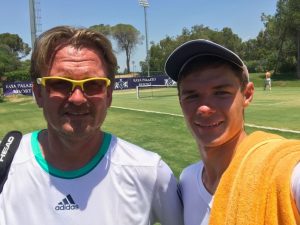
Most recently I’ve had a chance to speak with Tomasz Iwanski, a former tour player, later coach to Nadia Petrova (#3 WTA), Yaroslava Shvedova (#25 WTA) and most recently Kamil Majchrzak (# 87ATP). For the past two years Tomasz has been working with the Polish Tennis Federation and most recently responsible for Player Development and Coaching.
PF: Your accomplishments look very impressive. Can you tell me how you were able to do all this particularly under the circumstances on the lockdown.
TI: I think the main factor is that we have a small group of people who simply understand how professional sport works in all of its components (athletic, marketing and financial), and we also realized that what we went through over the past two years globally does not have to be a bad time.
PF: Can you expand on this a little bit?
TI: Pandemic caused many restrictions and hardship, but also created many opportunities and openings that we were able to explore. And in particular in situations like we’ve had, leadership is very important. I can honestly say that our President (Miros?aw Skrzypczynski – PF) is the best that I have known. Simply put, he is treating PZT like his own business in the most professional way, so he cares how the business is run, spends a lot of time working on it, and is not really interested in all the public functions that come with this job. His efforts combined with support of a few people with similar approaches are bringing the results.
PF: Few experts who know their stuff and team that is working together are two different things though. How did you manage to overcome those obstacles?
TI: That’s a very good question. I strongly believe that when you have a vision you also have to recognize who can help you, who is sharing your point of view. You do not have to agree with everyone on everything. You cannot please everyone. But the most important in my opinion is to work with those who share your vision, eliminate those who will always create problems, and do not be afraid to make decisions, even the unpopular ones, and not to be afraid that someone will criticize you.
PF: How do you work as a team then?
TI: I think that democracy is not good for sport, and that some form of “dictatorship” (mild or strong, but always an educated one) is much better and more efficient. And this is because in sport what really matters and what you are accountable for is the final result. So it is better to make decisions, and sometimes unpopular ones rather than going to some endless meetings that produce meaningless outcomes
PF: You were talking about some opportunities that your Federation took advantage of. Can you talk more about this?
TI: You know, sport has to be seen as business, and right now for example to get a license to run a tournament can be obtained at a much lower cost, some marketing opportunities for both sport and businesses can be accomplished cheaper. Things of that nature. Of course there is a risk related to all this, but if you have solid partners you can start working on those opportunities.
PF: Can you give some concrete examples?
TI: I am not trying to say that everything is easier because it is cheaper. The truth is though that the money that PZT gets from the Ministry of Sport for our activities is 2.5 higher than before, and I think this is partially because of our good relationship with the Ministry, and that they like and share our vision of tennis development in Poland. But I want to point out that a few years ago, the federation budget was 100% funded by the Ministry of Sport. Now the money we are getting is only 40% of the budget and the rest comes from investments, participation by Crown corporations, sponsorships, etc.
PF: That’s very impressive..
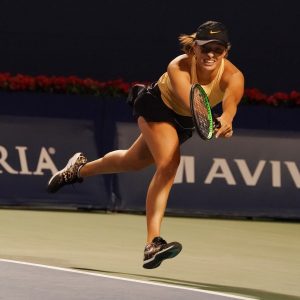
TI: Of course someone can say that the successes by Iga (Swiatek) and Hubi (Hurkacz) contributed to this success, but before we’ve also had some very good players. Aga (Radwanska), Jurek (Janowicz), Lukasz (Kubot) were top players. We’ve also had a major sponsor and financial backer (Ryszard Krauze) who loved tennis. But when he left, there was no money, because no one had planned for this.
PF: How did you manage to organize professional tournaments in 2020?
TI: This was our federation idea to help our players in those difficult times, but also a business idea. Our tournaments were probably the only professional tennis events in Europe, so many companies were interested from the marketing point of view. And those tournaments were very successful. We ran 8 events with all the top players participating (I think Iga swiatek was the only one who did not play).
PF: Eight professional tournament that’s a huge undertaking.
TI: Yes. And I have to brag a bit about our approach. Our tennis federation was the first one in Poland who approach the Ministry of Sport in the early 2020 (golf and sailing joined us, but the initiative was 100% ours) to work on the conditions that would allow to “open” our sports, and to develop some medical and safety conditions that would allow to do so. I was involved in this process together with some medical experts. This was not an easy task, but what we presented to the ministry was later on was considered as a very good approach, and later on used as a template for other sports federations.
PF: Would you consider organizing these tournaments a success?
TI: First of all, we were the first one who decided to deal with all the difficulties created by Covid and the lockdown. It was very difficult but we did it. When running those tournaments we received enquiries from players from the Ukraine, Czech republic, Slovakia and many other countries if they could play in those tournaments, because there were no other ones to play. But we wanted to help our players so in 2020 those tournaments were open only to Polish players. But this year we are running 13 tournaments at the ITF and Challenger level and they are open to all players.
PF: How were you able to finance this?
TI: Lotos, our strategic partner (Lotos.pl – PF) was the title sponsor of the cycle. Like I said all our best players participated. They got some match experience and money prizes. This year we have 13 tournaments . We have just finished the Warsaw challenger, and soon will be starting our best run event in Szczecin (125K challenger). And in the spirit of “aim for the best” the manager of this most successful challenger (Krzysztof Bobala) is now in charge of the entire tournament cycle in Poland.
PF: You have mentioned some attractive prizes too.
TI: Winners of our National Championships were getting a top of the line Mercedes. That’s a good prize I think (smiling)
PF: What’s next?
TI: We have some projects we are working on now. Cannot share too many details because it is still “work in progress:” but we are hoping to be able to create a professional league with money, professional players, and a high level of competition that would include international players. This would definitely help the players, tennis, and be good for tennis fans.
In December we will have a tennis match between Poland and the Czech Republic. And we are hoping to have some of the best players to participate. So far I know that Krejcikova and Kvitova will play. But this is not just tennis. Of course tennis matches will be the main feature but we will also have a match between members of Parliaments of both countries, some charity events and marketing initiatives. It should be a very interesting few days.
PF: Let’s go back to player development. How about the next generation of tennis players from Poland?
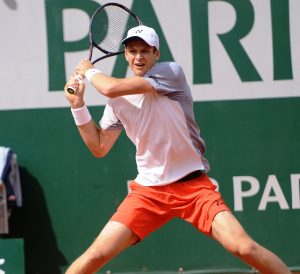
TI: This is what I am (among other things) responsible for. I am working on developing a system (although I do not like that word), a method that would allow for a constant contact between the player and the coach. We already created a system of financial help for our players. But that too needs some work. Many players complain about the lack of coaching availability, lack of playing partners where they live, and of course enormous costs of trying to be a professional player.
PF: How are you planning to tackle this?
TI: Well, like it or not, the coaching process does not have to be all individual all the time. We can combine the resources and work with what we have. It is difficult, but doable, and this will be our approach to player development. We used to have that kind of coaching in Poland in the past. In my opinion some sort of central training facility and program works best and with some modifications we will try to go back to this idea.
PF: What about some training facilities?
TI: Again, because of our business approach and connections we will be able to use the central training facility (Kozerki – just 30 km from Warsaw – PF) for the next 15 years for all our p-layers. And the business structure of that deal would allow us to use the facility with very low or no cost at all.
PF: And personal goals?
TI: Well, I would love for us to win a medal at the next Olympics (Paris 2024) . You know how important in our sports culture is the Olympic medal. And this would be the very first one for tennis. That would be absolutely huge. And I would also like to have a group of players, say 16-17 years old now, who in 4 years will be playing ATP or WTA tour with ranking between 80 and 150. It would be great to have one or two players every year who would be playing at the 200-300 level. When we have that sooner or later one of those players will crack the Top 100 and stay there. It is a hefty goal and a very difficult tine. But I am a realist and an optimist and know it is possible.
By Peter Figura, Contributing Editor & Author of “The Future of Tennis: A Photographic Celebration of the Men’s Tour”
Available on Amazon
Follow Peter’s photographic journey on Instagram

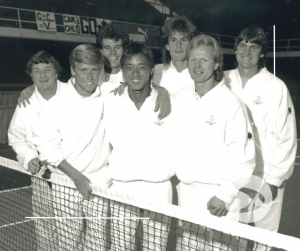
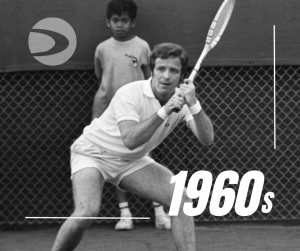
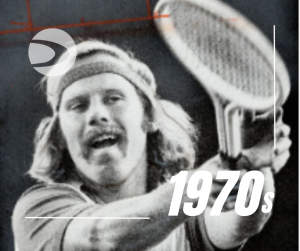
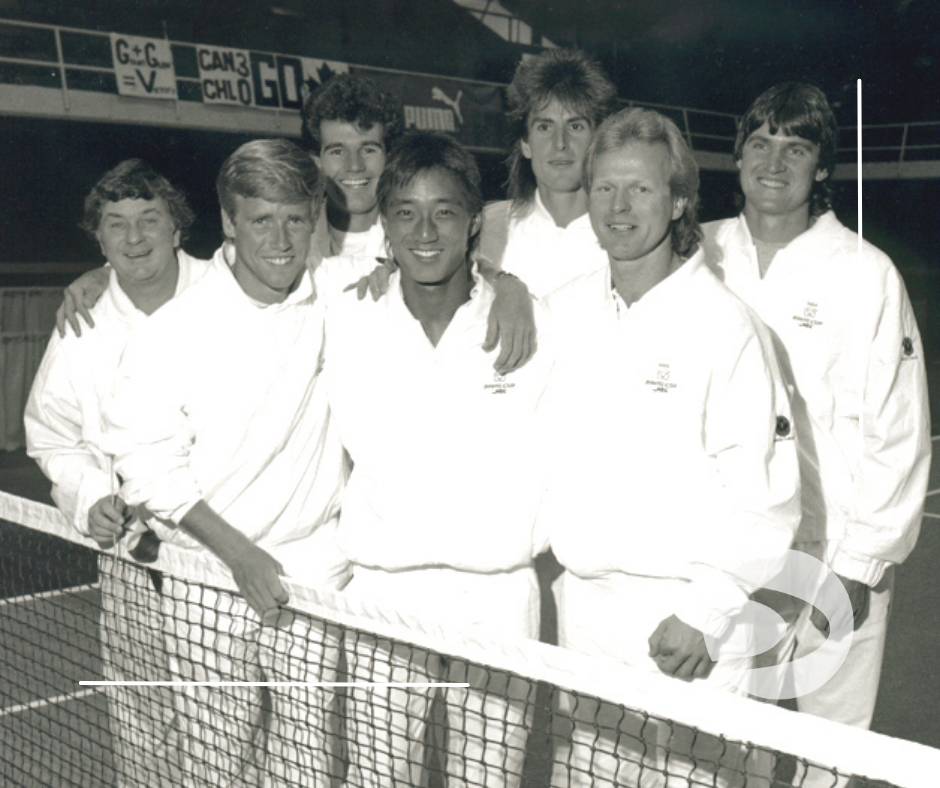
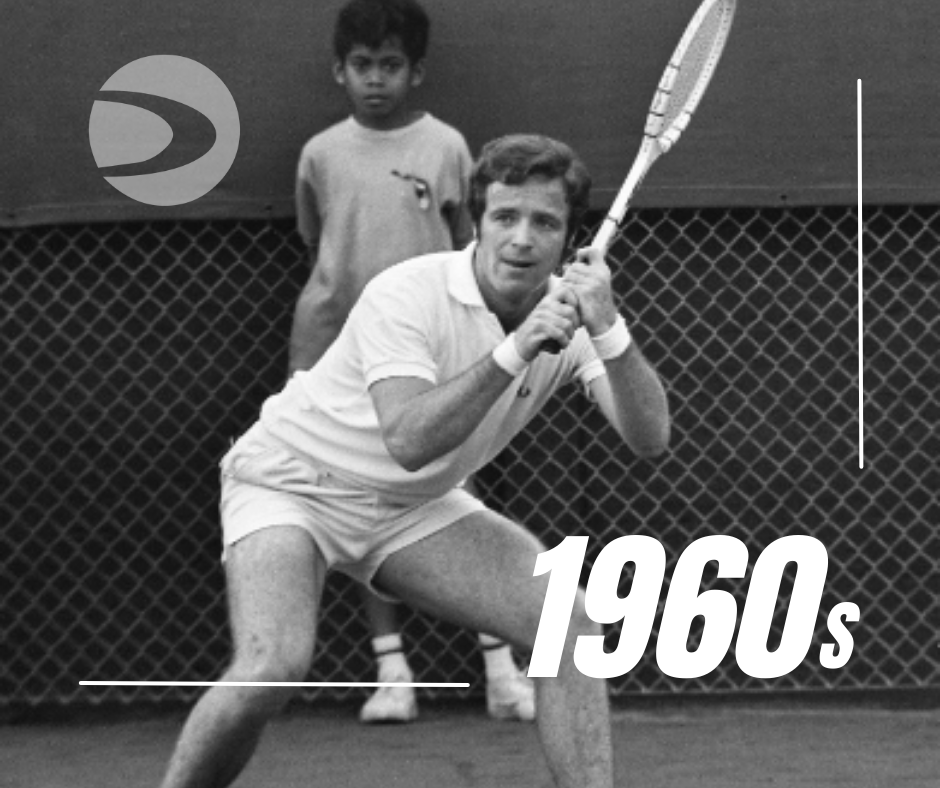
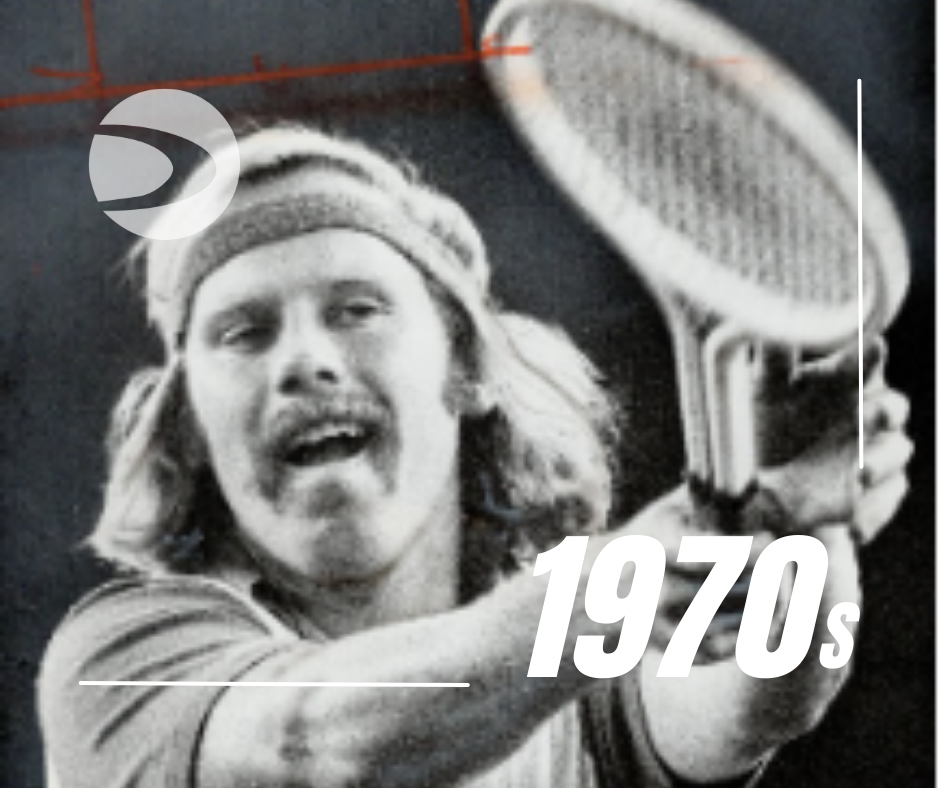
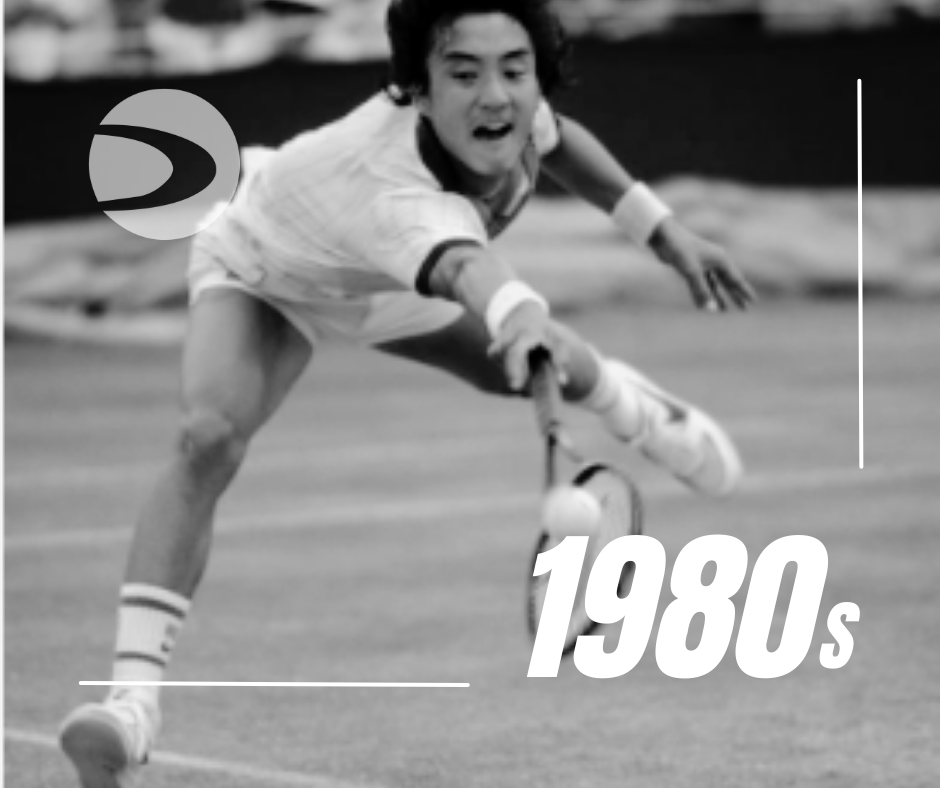
One Response
Peter,
Thank you for this article/interview.
It is a pleasure to learn how nations are dealing with their unique situations during shared constrained times.
Thank you,
M A J P
M. A. J. Pellettier